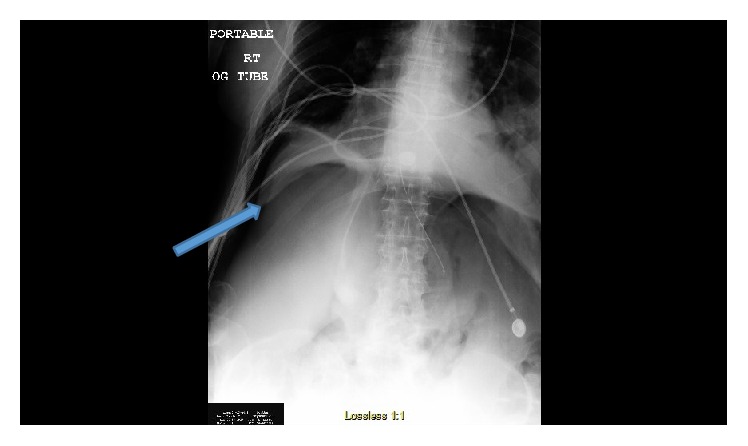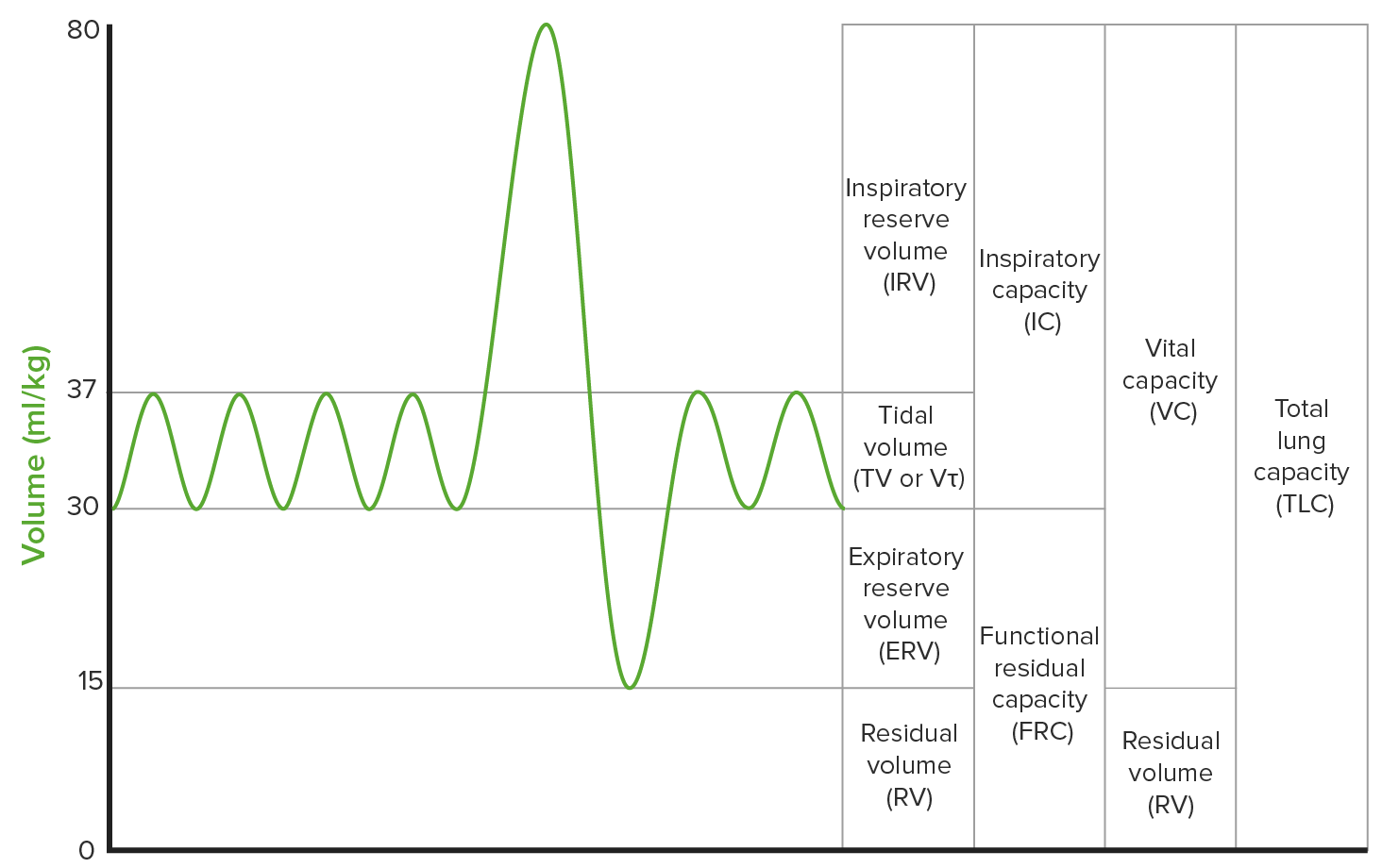Playlist
Show Playlist
Hide Playlist
Chronic Obstructive Pulmonary Disease (COPD): Symptoms
-
Slides 04 COPD RespiratoryAdvanced.pdf
-
Download Lecture Overview
00:00 So how do patients with COPD present its breathlessness on exertion, and the level of exertion necessary to make them breathless would tell you how severe the disease is. So for example, you have a patient that says I can walk on the flat for miles and miles, but if I try and walk up a steep hill, I find it very difficult and gasp and have to stop half way up. I suggest they have relatively mild disease that allows them to do most everyday life things, but only detectable to them when they do severe exertion. However, the more severe patient will say, “I will get breathless when I will walk a hundred yards”, and many of the patients which I see in my clinic are not able to walk more than 50, 60, 70 yards, before they have to stop to catch their breath, and some will be breathless walking between the bedroom and the bathroom. This degree of dyspnoea is a chronic background situation where there are fluctuations and this actually happens on a day to day basis. It's not clear why, it has probably to do with the weather and pollution levels, but patients will have a bad day and then followed by a good few days. As well as breathlessness, the other common symptom is a cough and that is usually productive of dirty looking, grey black phlegm, it could be white as well. That's the chronic bronchitis, and that reflects the increase in the mucous glands and the hyperplasia of those glands producing more mucous due to the cigarette smoke induced inflammation. And chronic bronchitis is defined as 'daily cough with sputum production that lasts for at least 3 months and for two years in a row'. Other symptoms that patients get, they can get a wheezy chest, they occasionally cough up a little bit of blood. They get various aches and pains in their chest because of the coughing and the breathlessness pulling on the muscles and the ribs during respiration. With bad disease, developing cor pulmonale to chronic hypoxia, they'll have ankle oedema. And patients with chronic hypoxia and severe airways obstruction will feel tired, they'll lose energy, and some patients actually do have gradual weight loss, and can get to the level of having cachexia. If they develop type 2 respiratory failure or a rise in PCO2, that's associated with morning headaches and drowsiness. An important thing about COPD is that many patients, not all, also have acute deteriorations. And these are sustained increases in severity of the illness, and they last a few days to a few weeks. They are usually precipitated by a viral infection but they can occur for other reasons, which are not clear. Some patients don't get exacerbations, they are non-exacerbators, they have chronic breathlessness, but they don't change with their degree of the breathlessness. Other patients exacerbate infrequently once every year or two, once every few months, and there are other patients who exacerbate very frequently, as often as very few weeks. And these exacerbations are quite often severe enough to require hospitalization. 03:09 As I said, they are frequently precipitated by a viral or bacterial infection, but not always. So how do you recognize the exacerbation? Well the patient may have viral upper respiratory tract infection, symptoms of sore throat, a bit of a runny nose, and then develop a bit of a cough. And with that cough, they start to produce more phlegm and becomes a bacterial infection, the phlegm will go green and thick and that’s a marker of active bacterial infection of the bronchiole. And as that happens, the patient gets increasing dyspnoea, their normal exercise tolerance falls, they are less able to do what they should be able to do normally, and the cough will increase, and there may be a fall in their lung function markers that keep flow in the FEV1, but not always. Patients with severe COPD, their FEV1 will be about 0, 0.8 and an exacerbation may not change that much at all.
About the Lecture
The lecture Chronic Obstructive Pulmonary Disease (COPD): Symptoms by Jeremy Brown, PhD, MRCP(UK), MBBS is from the course Airway Diseases.
Included Quiz Questions
Which of the following statements regarding COPD is FALSE?
- All patients with COPD were heavy smokers at some point in their life.
- Low birth weight is a risk factor for COPD.
- Alpha-1 antitrypsin deficiency causes early onset emphysema.
- COPD is characterized by an increased rate in annual decrease of FEV1.
Which of the following clinical symptoms is unusual in patients with severe COPD?
- Pleuritic chest pain
- Ankle edema
- Weight loss
- Depression and anxiety
Which of the following is NOT a part of the pathogenesis of COPD?
- Fibrosis of the lung
- Mucus hypersecretion
- Inflammation of bronchioles
- Bronchial obstruction
- Alveolar destruction and dynamic airway disease
Which of the following statements is FALSE regarding COPD?
- COPD is specific to smokers only.
- COPD is the 2nd most common lung disease in the world.
- COPD does not effectively respond to steroids.
- COPD can present as a combination of chronic bronchitis, emphysema, and asthma.
- COPD usually involves the terminal bronchioles with slow, irreversible airway obstruction.
Which of the following is NOT a predisposing factor for COPD?
- Diabetes
- Poor nutrition
- Low socioeconomic status
- Low birth weight
- Deficiency in alpha-1 antitrypsin
Which pneumoconiosis is commonly associated with COPD?
- Coal workers' lung
- Byssinosis
- Bagassosis
- Asbestosis
- Silicosis
Which area of the lung field shows emphysemic changes on chest X-ray of a patient with alpha-1 antitrypsin deficiency?
- Basal
- Apical
- Middle lobe
- Entire lung field
- Hilar region
Which of the following cells is responsible for secretion of the trypsin neutralized by alpha-1 antitrypsin?
- Neutrophils
- Eosinophils
- Basophils
- Monocytes
- Lymphocytes
What amount of FEV1 is lost annually in a patient over the age of 40 who is a nonsmoker or does not have COPD?
- < 30 ml
- < 40 ml
- < 50 ml
- < 60 ml
Which of the following is NOT a common principle of airway obstruction in COPD?
- Inhalation of cigarette smoke causes an increase in FEV1.
- Inhalation of cigarette smoke causes an increased rate of decline of FEV1.
- Inhalation of cigarette smoke causes an increase in the loss of FEV1 of approximately 100 ml per year.
- Patients with COPD and poor lung development can become more symptomatic.
- Patients with COPD, prematurity, and low socioeconomic status can easily become symptomatic.
Customer reviews
5,0 of 5 stars
| 5 Stars |
|
5 |
| 4 Stars |
|
0 |
| 3 Stars |
|
0 |
| 2 Stars |
|
0 |
| 1 Star |
|
0 |





